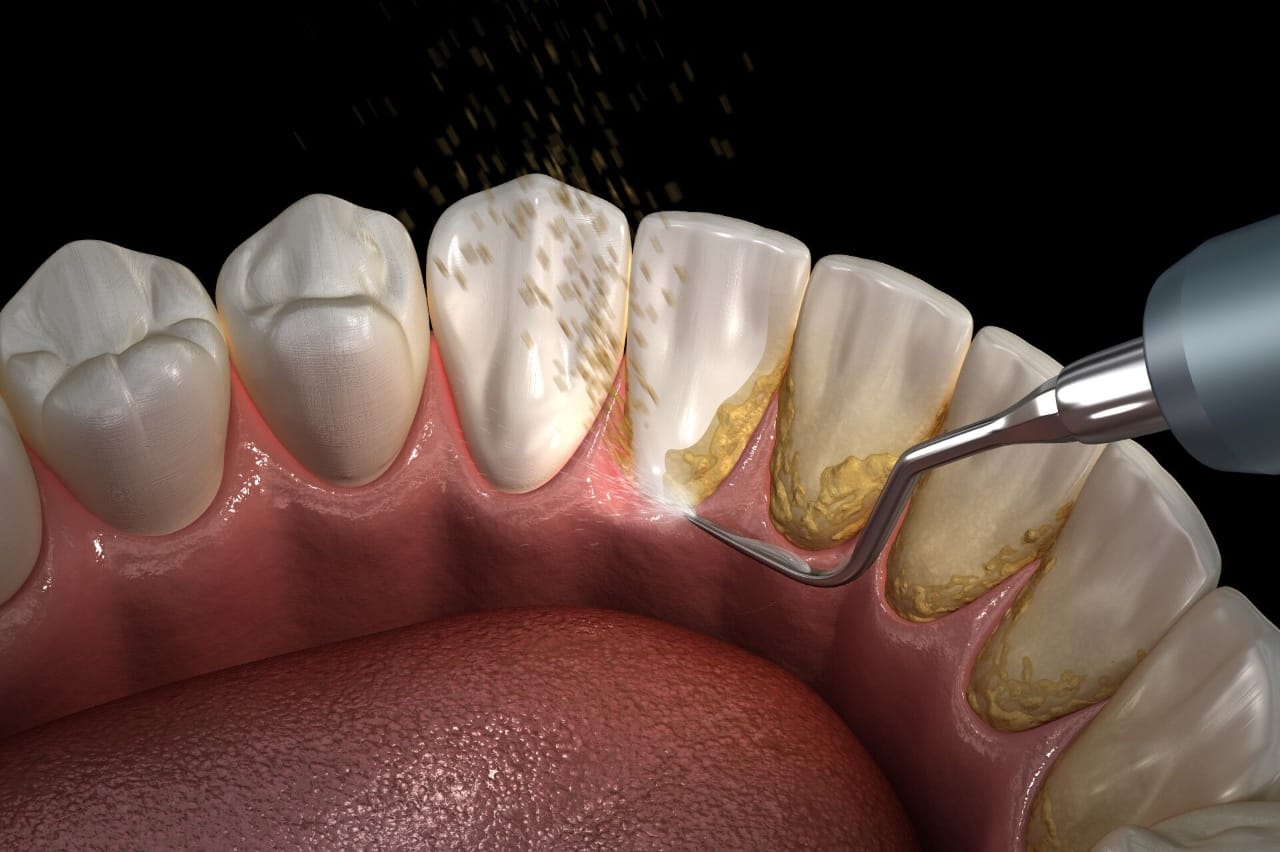Professional teeth cleaning is a procedure aimed at preventing tooth decay and gum disease. Dentists and dental hygienists perform professional teeth cleaning at the dentist’s office, usually alongside a comprehensive dental exam.
Some dentists recommend that you visit once every 6 months for a cleaning. This allows your dentist to get a look at your teeth and let you know if there’s anything that needs to be addressed, such as a cavity or gingivitis.
There doesn’t appear to be a lot of research comparing people who go to the dentist twice per year with people who get teeth cleanings less frequently.
In recent years, the 6-month standard has been deemed arbitrary by some expert
How Regularly Should You Get Your Teeth Cleaned
Is it harmful to do it more often?
Teeth cleaning procedure
Teeth whitening frequency
How long can you go without?
Professional teeth cleaning is a procedure aimed at preventing tooth decay and gum disease. Dentists and dental hygienists perform professional teeth cleaning at the dentist’s office, usually alongside a comprehensive dental exam.
The American Dental Association recommends visiting a dentist “regularly” for a cleaning. For some people, the best frequency will be every 6 months or so. If you are at a higher risk for gum disease, you may needTrusted Source to visit a dentist more frequently.
Let’s take a look at how often you should get your teeth cleaned.
How often should you get your teeth cleaned?
Some dentists recommend that you visit once every 6 months for a cleaning. This allows your dentist to get a look at your teeth and let you know if there’s anything that needs to be addressed, such as a cavity or gingivitis.
There doesn’t appear to be a lot of research comparing people who go to the dentist twice per year with people who get teeth cleanings less frequently.
In recent years, the 6-month standard has been deemed arbitrary by some experts. One 2013 study suggested that people who visit twice per year don’t necessarily improve their dental outcomes in a statistically significant way.
That same study found that dental care visit frequency should be determined in conversation with your dental professional, based on your specific risk factors for gum disease (periodontitis) and tooth loss.
You may be at a higher risk for gum disease if you:
have diabetes
smoke tobacco
have a family history of gum disease
Research has established a relationship between income inequality and oral healthTrusted Source. People who don’t have dental insurance or the ability to pay for regular dental visits tend to experience more cavities, more frequent dental injuries, and increased rates of gum disease.
This is a complicated subject and may be due to inequities and barriers to healthcare, but it does imply that going to the dentist regularly affects your dental health as well as your health overall.
How Regularly Should You Get Your Teeth Cleaned
Is it harmful to do it more often?
Teeth cleaning procedure
Teeth whitening frequency
How long can you go without teeth cleaning
Professional teeth cleaning is a procedure aimed at preventing tooth decay and gum disease. Dentists and dental hygienists perform professional teeth cleaning at the dentist’s office, usually alongside a comprehensive dental exam.
The American Dental Association recommends visiting a dentist “regularly” for a cleaning. For some people, the best frequency will be every 6 months or so. If you are at a higher risk for gum disease, you may needTrusted Source to visit a dentist more frequently.
Let’s take a look at how often you should get your teeth cleaned.
How often should you get your teeth cleaned?
Some dentists recommend that you visit once every 6 months for a cleaning. This allows your dentist to get a look at your teeth and let you know if there’s anything that needs to be addressed, such as a cavity or gingivitis.
There doesn’t appear to be a lot of research comparing people who go to the dentist twice per year with people who get teeth cleanings less frequently.
In recent years, the 6-month standard has been deemed arbitrary by some experts. One 2013 study suggested that people who visit twice per year don’t necessarily improve their dental outcomes in a statistically significant way.
That same study found that dental care visit frequency should be determined in conversation with your dental professional, based on your specific risk factors for gum disease (periodontitis) and tooth loss.
You may be at a higher risk for gum disease if you:
have diabetes
smoke tobacco
have a family history of gum disease
Research has established a relationship between income inequality and oral healthTrusted Source. People who don’t have dental insurance or the ability to pay for regular dental visits tend to experience more cavities, more frequent dental injuries, and increased rates of gum disease.
This is a complicated subject and may be due to inequities and barriers to healthcare, but it does imply that going to the dentist regularly affects your dental health as well as your health overall.
Are there disadvantages to getting your teeth professionally cleaned more frequently?
There’s no long-term research to address the question of “how much is too much” when it comes to teeth cleaning. It’s possible that having the procedure done too often could make your teeth more sensitive or damage your tooth enamel.
Repeated teeth cleaning can get expensive, too, because you’ll most likely start having to pay completely out of pocket. Even the most comprehensive dental insurance likely won’t cover more than two teeth cleaning appointments per year.
In general, your dentist should be able to advise you if you would benefit from professional teeth cleaning more than twice a year.
How long can you go without a dental cleaning?
You should see your dentist at least once per year for an annual exam. Generally, your teeth cleaning will be included in this visit. It’s not advised that you skip this annual exam.
You can practice good dental hygiene to protect your teeth from cavities and reduce your risk of gum disease. This can mean you don’t have to see the dentist as often simply because you need fewer visits to address dental issues.
What happens during a teeth cleaning
The teeth cleaning procedure may vary between practitioners, but these are the basic steps of a teeth cleaning visit. The whole process usually takes less than an hour. If you have sensitive teeth, a light numbing agent can be applied to your teeth and gums before you begin.
Cleaning
During this step, also called scaling, tartar and plaque are removed from your teeth. Your dentist or dental hygienist will clean the most difficult to reach areas of your mouth using special tools to scrape off stubborn plaque. They will also clean the spaces between your teeth with a special flossing technique and tools.
The hygienist may use a tool called a Prophy-Jet, which uses water, abrasive powders, and pressurized air to remove plaque, soft debris, and stains. They’ll rinse out your mouth at the end.
Polishing
Next, your teeth are polished. Your dental professional uses a rotating head with a dental paste to shine your teeth up to their squeaky clean best.
Fluoride treatment
To prevent cavities, a dentist or dental hygienist may apply a fluoride treatment to your teeth. This fluoride treatment may be a paste, a gel, or a varnish.
At the end of the cleaning, they may speak with you about proper dental hygiene and recommend products for keeping your teeth healthy at home.

